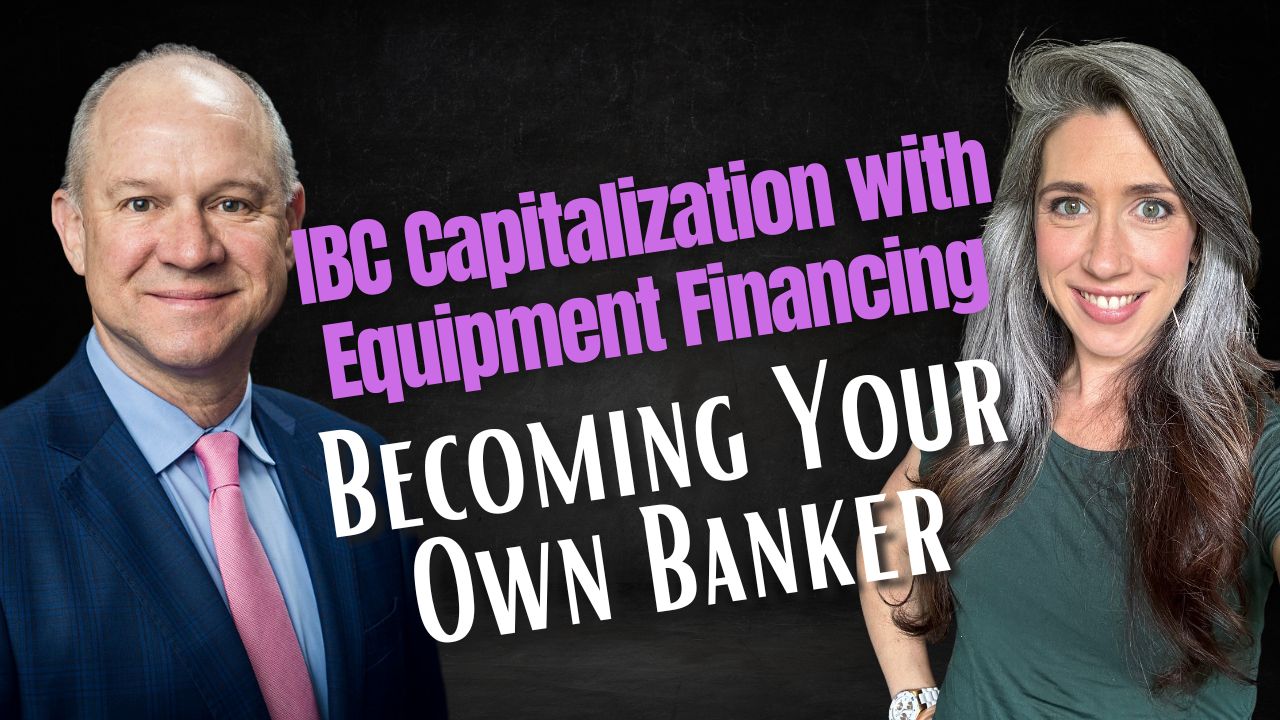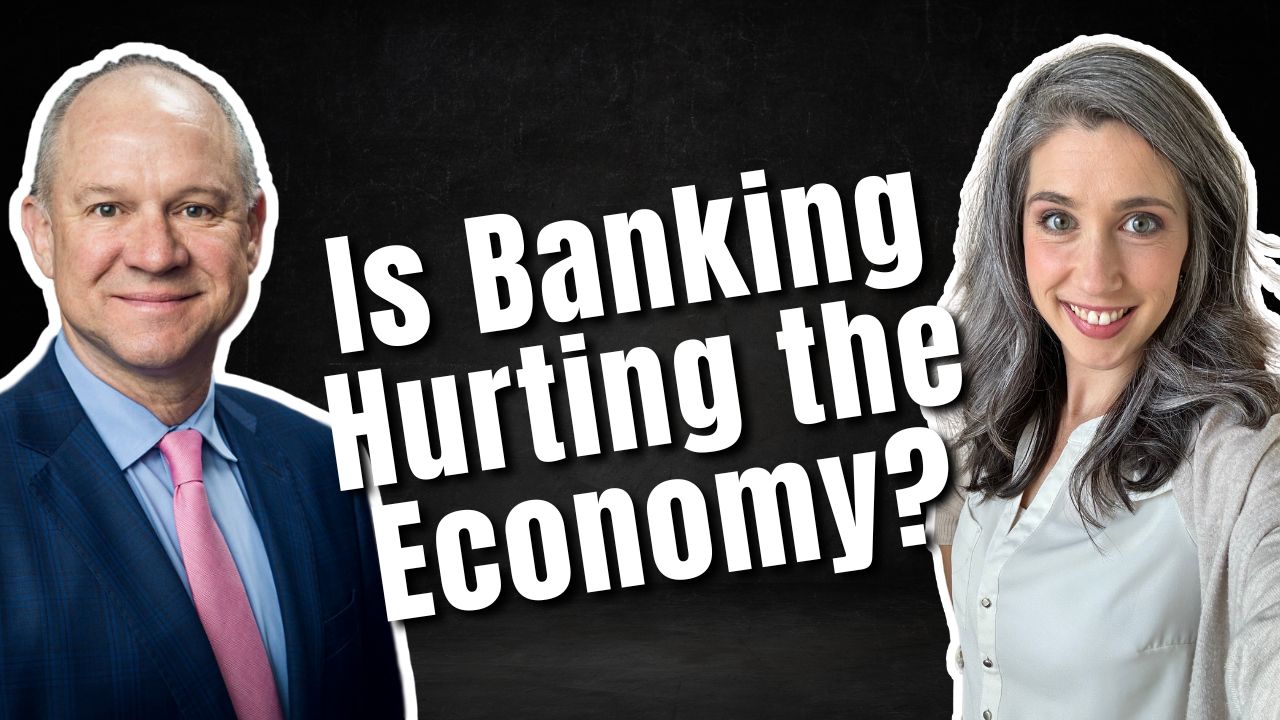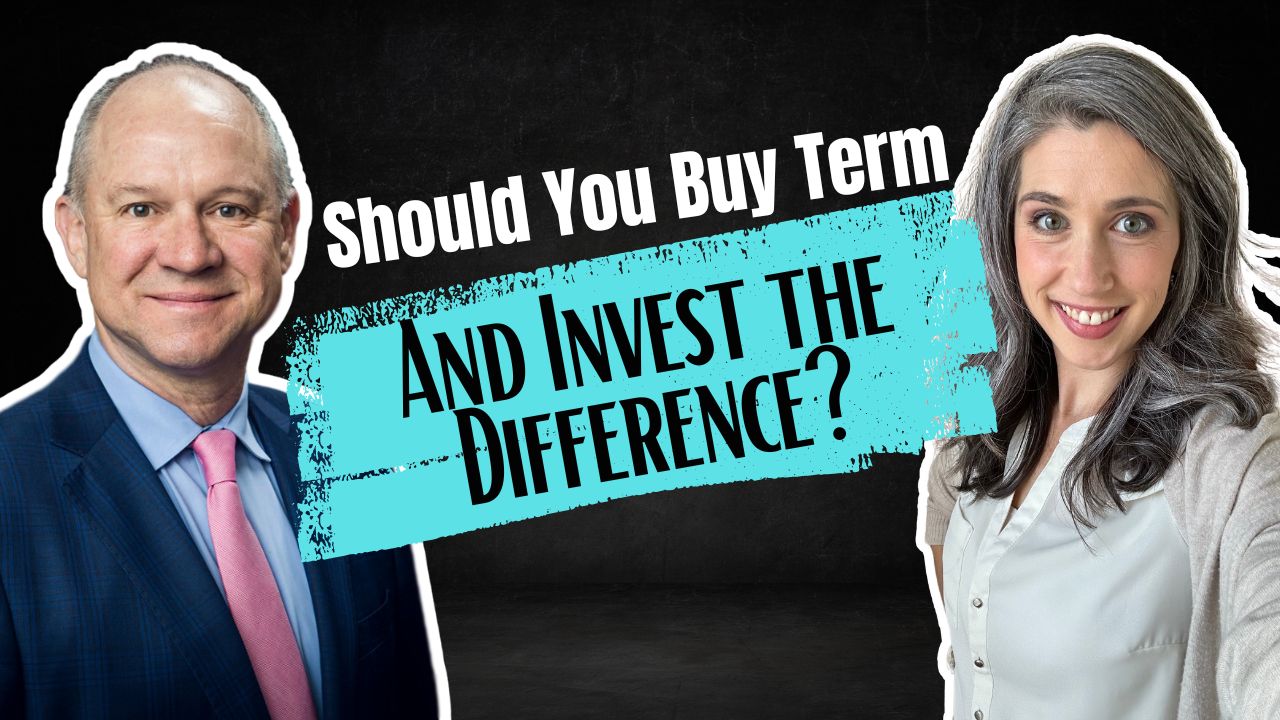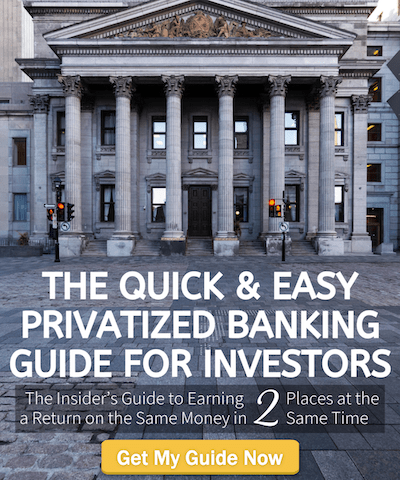
Becoming Your Own Banker, Part 17: IBC Capitalization with Equipment Financing
Infinite Banking gives you the advantages of cash value, dividends, and a death benefit that all grow over time, making a policy more and more attractive the longer you have it. And the methods to fund your policy are as unique as you are. Because you have a need to pay for things during your lifetime, the IBC capitalization of whole life insurance addresses this need head-on.
Rather than thinking of your life insurance and your large ticket purchases as two separate things, Infinite Banking demonstrates a system to do both. By financing large purchases like cars, equipment, and rental properties with your Infinite Banking policy, using it to control the banking function, you can add dollars into the policy that make it perform better over time.
Unlock the secrets to controlling your own finances with an in-depth exploration of Nelson Nash’s “Becoming Your Own Banker.” Experience the power of capitalizing a policy that provides greater acceleration, increased cash value, and dividend returns, and learn how this process allows you to reap the benefits of the Infinite Banking Concept. We’ll also tackle the human condition’s impact on understanding and utilizing this concept, and how personal growth and mindset shifts are necessary to maximize these benefits.
Discover how to finance equipment using infinite banking, focusing on maximizing your policy’s value. Listen as we break down Nash’s method: financing a policy for just four years, then using dividends and a slice of the death benefit to pay the base policy. We’ll also delve into the potential of combining a policy with equipment financing, forming a powerful financial tool that helps you purchase assets without traditional financing.
Podcast: Play in new window | Download (Duration: 1:03:07 — 72.2MB)
Subscribe: Apple Podcasts | Spotify | Android | Pandora | RSS | More
Table of Contents
What If You Don’t Want to Capitalize As Long As Possible?
Last week, in our conversation on capitalization, we concluded that if you want the maximum amount of cash value growth, you’ve got to maximize your capitalization. That means paying all of your base premiums and all of your PUAs for as long as you possibly can. However, there may be reasons that you can’t do this, or don’t want to do this. After all, life happens unexpectedly, and sometimes we have to pivot our plans.
That’s why Nelson offers an alternate option in his book. What if you only maximized your capitalization for 4 years? Then, after that, you started to use the policy, and you found other ways to fund the premium? While his example may feel extreme, it highlights just how flexible whole life insurance can be—that even in four years, your policy can basically pay its own premiums.
He does this by surrendering the dividend and using it to fund the base premium only—no PUAs. However, in four years, the dividend isn’t quite high enough to do this fully, so he also surrenders some death benefit. This reduces his base premium, making it possible for the dividend to fully cover the base premium if he chooses.
Using Your Money After IBC Capitalization
So let’s examine Nelson’s method in this chapter. After he pays premiums with the dividend, he recommends using the banking function. In other words, it’s time to finance a purchase. In his particular example, he has a little over $159,000 of cash value. And in order for the insurance company to make money off of that, they have to lend an equivalent sum to someone. So, of course, they’re going to lend it to you.
When the insurance company lends you money, they’re giving you their money, not yours. Instead, they put a lien against your cash value. That way, if you don’t pay, you can consume your cash value to reduce the loan (however, you don’t want to do this if your goal is to have a large pool of capital). What you want to do is diligently pay your loan back, at the very least, with interest-only payments.
Yes, this does mean that access to your capital has an interest cost. But here’s the thing, if you were to pay cash instead, you have an interest cost still—the cost of what that money could have earned over your lifetime. That’s the opportunity cost. And while it may not seem tangible, it is. By financing through your insurance policy, you get to earn interest at the same time. Not only that, but the interest you pay to the company strengthens the company’s profits, which eventually strengthens your dividend.
Can You Pay Additional Interest?
If you’re not currently maximizing your premiums for whatever reason, Nelson recommends a different repayment strategy than the interest-only arrangement: paying additional interest. What does it mean to pay additional interest?
Additional interest is only something you can contribute if you have not maximized your capitalization through PUAs. This is money over and beyond what you’ve chosen to pay for your amortization schedule and is thus able to be contributed as if it were a PUA. This can come in handy if you’re in a phase of your life when you can’t fully capitalize, and you’re only using the cash flow from your investments to repay your loan. If you have more cash flow, you can contribute those PUAs by paying more on your loan.
If you look at this example in Becoming Your Own Banker, you’ll see that Nelson pays $72,000 on his loan, even though that’s not what he borrowed—he borrowed $52,000. So he paid as much as he could on the loan, beyond even the interest charged. He could only do this because he was not paying PUAs.
[37:34] “Those extra payments are going to the policy in the form of PUAs, and so he’s putting more cost basis into the policy. He’s putting more capital in.”
To be crystal clear, although Nelson is saying he’s paying “additional interest,” that’s how he’s conceptualizing it. No interest you pay on your policy loan goes to you, that interest goes to the company who lends you the money. What is really happening is that he’s paying additional premiums via the loan function.
So what happens if you have even more capital than you’re able to fit into one policy? That could be a great incentive to start another policy and begin growing even more safe liquid capital.
[49:30] “It’s not the fact that you can take more loans that makes the policy perform better in the future, it’s that you put more cost basis in–more premium dollars.”
Book A Strategy Call
Do you want to coordinate your finances so that everything works together to improve your life today, accelerate time and money freedom, and leave the greatest legacy? We can help! Book an Introductory Call with our team today https://themoneyadvantage.com/calendar/, and find out how Privatized Banking, alternative investments, or cash flow strategies can help you accomplish your goals better and faster. That being said, if you want to find out more about how Privatized Banking gives you the most safety, liquidity, and growth… plus boosts your investment returns, and guarantees a legacy, go to https://privatizedbankingsecrets.com/freeguide to learn more.
Fractional Reserve Banking Creates Inflation: Infinite Banking is the Solution
Inflation causes everything to feel more expensive, so what do you do to protect your money from inflation? Today, we’ll explore the link between inflation and fractional reserve banking, and how Infinite Banking is the sound money solution. A thought-provoking journey through inflation, fractional reserve banking, and the revolutionary concept of infinite banking. This episode…
Read MoreBuy Term and Invest the Difference: Here’s What’s Wrong
Are you trying to decide which type of life insurance to buy? You want to protect your family in case something happens, so how do you do it best? Whole life insurance is often rejected as expensive and a poor “investment,” while mainstream opinion leans in favor of the “buy term and invest the difference”…
Read More


